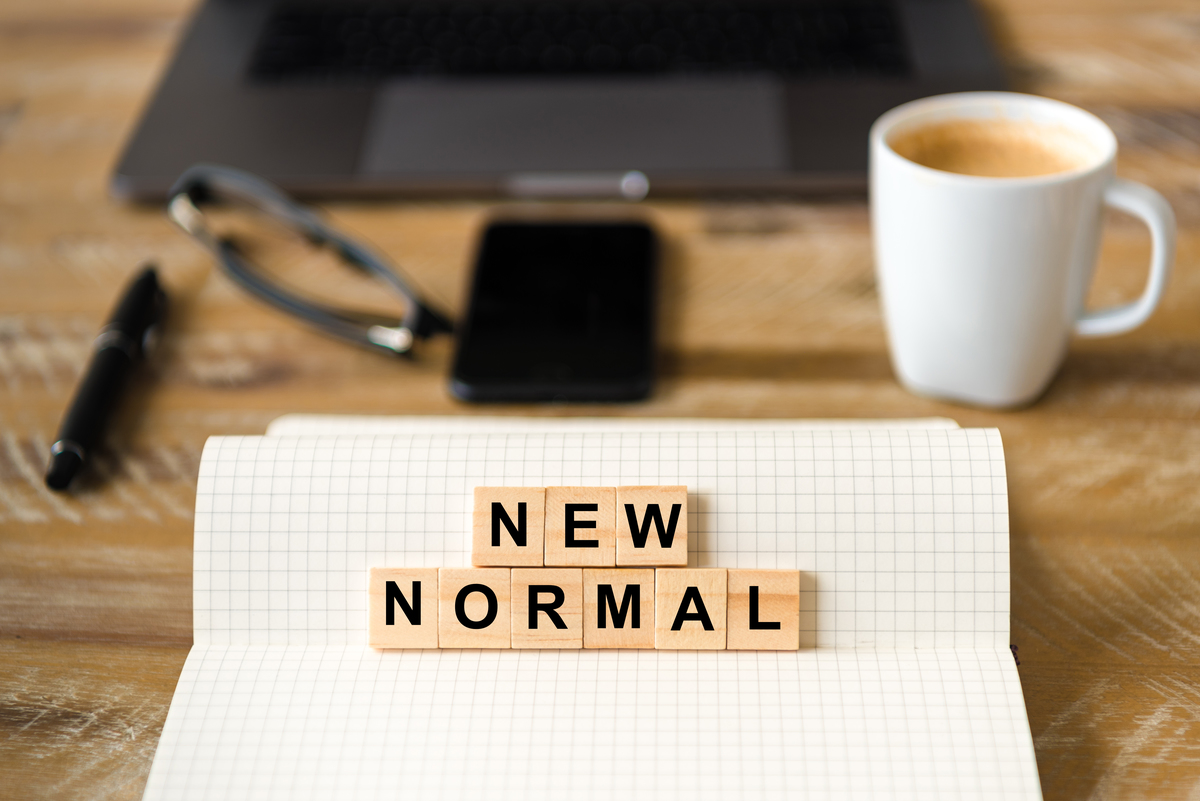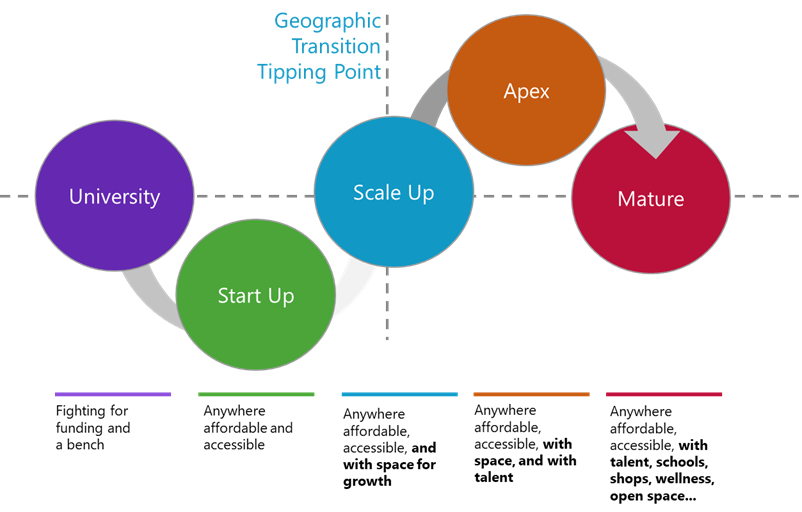The new approach to working
As the world opens up in a post-Covid-19 environment, Working From Anywhere (WfA) will become the new Working From Home (WfH). At EEDN we believe that this brings amazing opportunities to redefine the office environment to meet the new needs of employees and attract new talent, but there are some key considerations.

The HSBC announcement this week regarding their new office arrangements should not come as a surprise to anyone. As 2020 came to a close, companies realised that the global pandemic forced a tsunami of long overdue change in the commercial environment.
Work for office-based staff continued largely unaffected (exceptions apply, of course) as this report from McKinsey back in February 2021 identifies and is likely to continue on a similar trajectory, where remote working and virtual meetings will continue albeit less intensely.
Work for office-based staff continued largely unaffected (exceptions apply, of course) as this report from McKinsey back in February 2021 identifies and is likely to continue on a similar trajectory, where remote working and virtual meetings will continue albeit less intensely.
Changing the norm
As we progress into the opening up of post-lockdown Britain, we expect remote working to become further engrained into the M.O. of offices, particularly those with real-estate in the City of London, but it will be mainly driven by a number of trends and realisations of the industry of the past few months:
- Report-writing and computer-focussed tasks will be predominantly a WfA activity.
The primary concern of security and online infrastructure to enable this to happen will mean a number of IT-driven projects, with new server rooms and increased security. - Not all tasks can be done remotely.
For some type of meetings, online works well, but for others, the need for face-to-face contact will be paramount. Brainstorming architectural design ideas for a new building, for example, needs much more than a few pixels on a screen — it needs in-person collective thinking, whiteboards, paper, marker and some good coffee. Creative spaces and those that enable collaboration with the addition of technology will fill in the rows of meeting rooms. - Hub-and-spoke model
As creative space is introduced into the mix of existing real estate, we will see an acceleration of the decentralisation of spaces from the core HQ and more into a new ‘hub-and-spoke’ model This is nothing new — it has been the case for freight services for ages with a ‘hub’ as the main HQ in a prime location inside a Business District, and a number of ‘spokes’ in different locations. The model offers improved cost-efficiency of businesses and the new IT infrastructure of WfA will propel this even faster. We expect a high uptake of these kinds of spaces as employees’ commute is minimised and the local communities are reinvigorated with new supporting shops created to support the hubs. - The need for touch-down
The changes in the ‘Hub’ spaces and the introduction of the ‘spokes’ will inevitably mean that the workforce is now more mobile, agile and deployed where the needs are. With that, there will be an increased need for ‘touch-down’ spaces, where people will be able to leave their laptop for the day as they attend meetings, go back to it for some private work. Open plan offices are prime for this, but we see an increase in the provision of different types of spaces to enable that — think sofas and tables in one space, a high coffee bar in another, even desks around a playground for the kids. - What will voids become?
We touched upon this at our Webinar in April 2021, which is due to be uploaded next week. The answer is not as straightforward. The types of spaces that will fill those voids will vary significantly depending on a number of external factors; planning and transport links being the major contributors to the choice. Science, Services, R&D, even manufacturing are some good contenders for defunct spaces, but there are some major consideration for their feasibility — air changes, temperature control, power supply and slab-to-ceiling heights are just some.

It’s not just about change
It would be easy to miss a great part of any business; the new talent who in their formative years are learning by doing as much as they learn via osmosis by shadowing more senior professionals. That aspect, we expect to never go away. As a young site Engineer I learned a lot by listening in to my colleagues’ conversations and picking up the wrong paper from the printer — those watercooler moments are equally important — spaces will need to adapt to allow for those to take place.
Many of these medium-term shifts will inevitably have long-term impacts. As companies consider a more decentralised approach, it remains unclear where (or even how) the new approach to working and the need for in-person training will meet. One thing is clear; as always, there is no ‘one size fits all’ but the pandemic has definitely taught us that the new work environment will need to be more agile, dynamic and responsive.
If you want to speak to us about your space or your estate strategy, we would be more than happy to have a word. Email us at [email protected].
For media enquiries, email us at [email protected].
This article is also available on medium, if you'd like to upvote it.